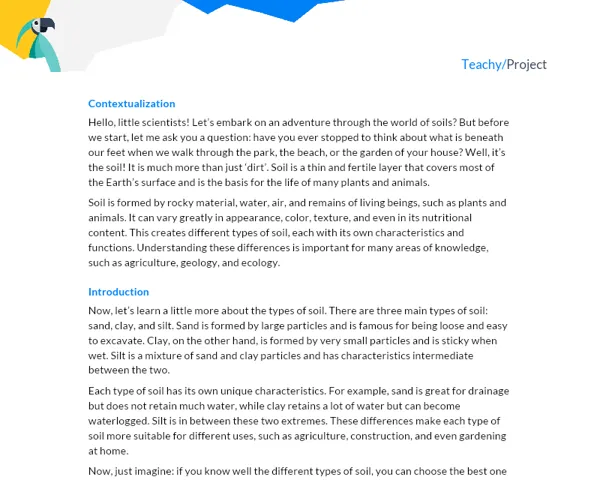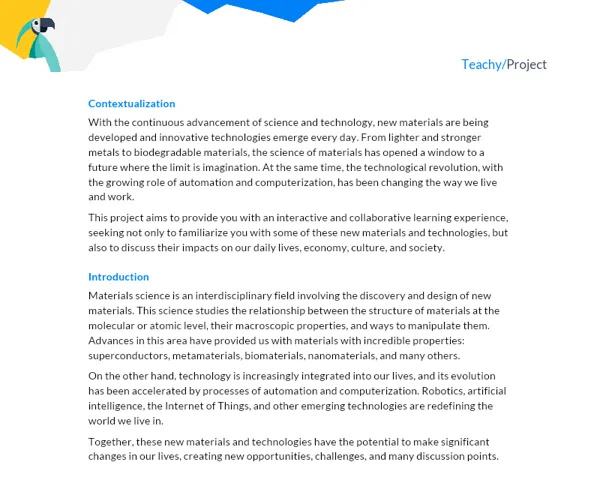Contextualization
Hello, young scientists! Let's embark on a fascinating adventure to explore 'Daily Periods'. But what does that really mean? Well, to start with, we all live on a wonderful planet called Earth. The Earth rotates around itself, which we call rotation. The reason we have days and nights is because of this rotation. Earth takes about 24 hours to complete one rotation, and that is our daily period.
But the story doesn't end there. Have you ever wondered why on some days we have more sunlight, and on others we have more darkness? This happens because of another incredible thing: Earth's orbit around the sun. Earth takes about 365 days to complete an orbit, and that's what we call a year. But here's the trick - Earth doesn't rotate at a right angle, it rotates at a slight inclined angle. And that's why we have different seasons!
Now, why is it so important to understand about daily periods? Well, it helps us understand many natural phenomena. Things like sunrise and sunset, the change of seasons, and even how animals and plants live. Our ancient ancestors knew this, and that's why they used daily periods to measure time. This was very important to them, and that's why we still use the time system they created until today!
So, are you ready to explore daily periods? Let's go!
Practical Activity: 'Exploring Daily Periods'
Project Objective
Learn about daily periods, Earth's rotation, and the sun's influence on our lives in a practical and fun way. Additionally, develop skills such as teamwork, communication, problem-solving, and time management.
Project Description
In this project, student groups will represent Earth, the Sun, and the Moon, and explore the changes that occur during daily and nightly periods. Each group will have to create a 'Sun Clock' and observe the shadows it projects during a 24-hour period.
Required Materials
For this project, students will need:
- A styrofoam ball (to represent Earth)
- A barbecue stick (to represent Earth's axis)
- A piece of clay or modeling clay
- Blue and green paint (to paint the styrofoam ball)
- A large piece of cardboard (to make the sun clock)
- A pencil
- Ruler
- Pen
- Blunt scissors
- Glue
- Paintbrushes
Step by Step
-
Preparing Earth: Take the styrofoam ball and insert the barbecue stick into it. Use the clay or modeling clay to secure the stick in place. Paint the styrofoam ball blue to represent the oceans and green to represent the continents.
-
Preparing the Sun Clock: On the cardboard, draw a large circle to represent the Sun. Then, draw a smaller circle in the center to represent Earth. Make a mark on the smaller circle to represent the position of the barbecue stick (Earth's axis). Finally, draw lines on the larger circle to represent the hours of the day.
-
Observing Shadows: Place the styrofoam ball (Earth) in the center of the smaller circle (Earth on the Sun Clock). Now, place the sun clock outside, in a location where it can receive direct sunlight throughout the day. Observe the shadows that the styrofoam ball projects at different times of the day.
-
Recording Observations: With the help of the pencil, make a mark on the sun clock every hour, according to the shadow of the styrofoam ball. By the end of the day, you will have a visual record of how Earth's shadow changes over time.
-
Reflection and Presentation: At the end of the experiment, gather with your group to discuss what you observed and what you learned. Then, prepare a presentation for the class, explaining what you discovered about daily and nightly periods.
Remember, throughout the experiment, it is important to work as a team, be patient, and keep a keen eye to observe the changes. And above all, have fun while exploring the wonderful world of daily periods!
Good journey, young scientists! I am looking forward to seeing your discoveries!


